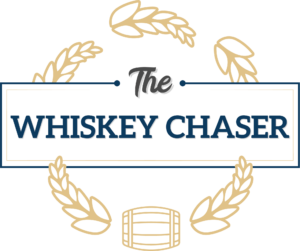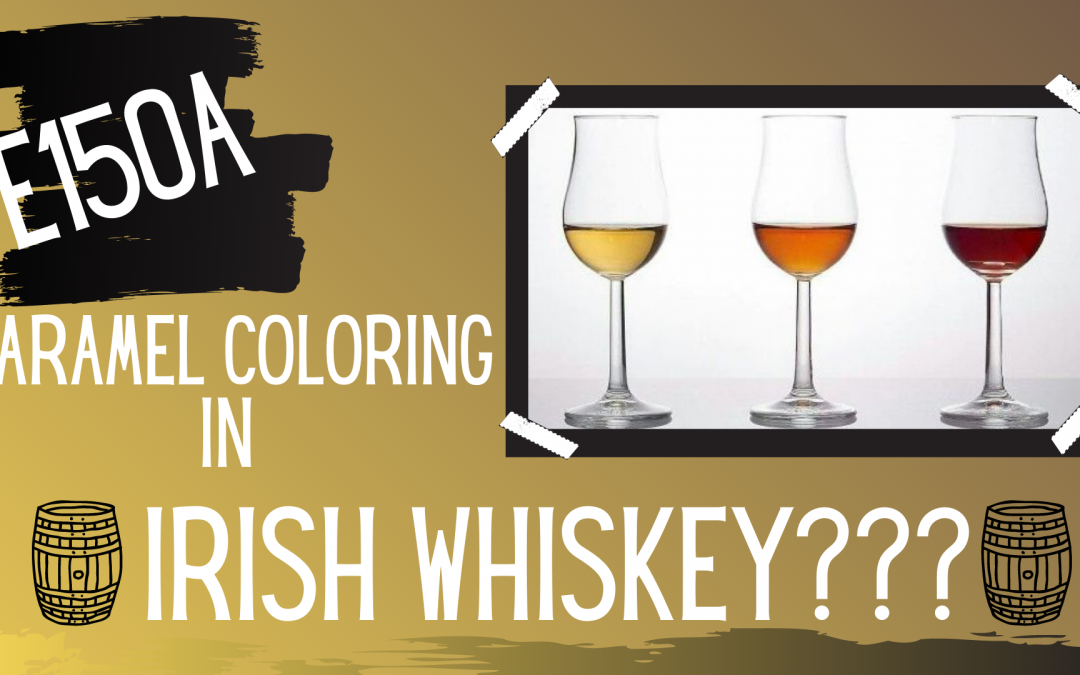
KNOW THE TRUTH: E150a CARAMEL COLORING IN IRISH WHISKEY?
So I would consider myself an Irish Whiskey enthusiast (always learning), and I’ve seen this topic come up a number of times. I didn’t particularly pay too much attention to the “controversy ” surrounding it until a recent phone call with a fellow whiskey enthusiast. E150a was mentioned, to which I honestly admitted I didn’t know much about the additive only that I heard some whiskeys are colored with it. I didn’t know why, or what exactly it was, or how it was implemented or made, etc etc. The argument was made that a certain whiskey didn’t have any coloring in it, it was completely natural and that its color came straight from the cask, but how could one compare that whiskey to say one that did in fact have coloring in it?
This conversation got me thinking, what don’t I know about caramel food coloring that I could research and perhaps share a bit of info on, turns out its been widely researched in Scotch whiskey, but Irish? Let’s jump in.
WHAT IS IT?
In the most simplistic of breakdowns, its food coloring. Caramel color to be exact. The correct definition of E150 is:
a “light to dark brown liquid or solid which is obtained from controlled heating of sugars; obtained from controlled heating of sugars with the help of chemical reactants” (European Technical Caramel Association, Euteca Decision Tree)
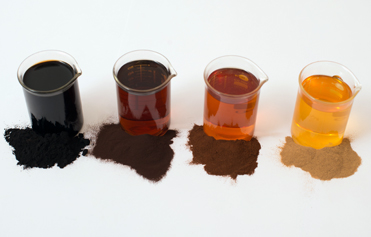
HOW IS IT MADE?
E150a (plain caramel) is “prepared by the controlled heat treatment of carbohydrates (commercially available food-grade nutritive sweeteners which are the monomers glucose and fructose and/or polymers thereof, e.g., glucose syrups, sucrose, and/or invert syrups, and dextrose)”
In short,
They heat up Carbohydrates, A process called caramelization. The entire breakdown of the process can be found here.
CLASSIFICATIONS
There are four “classes” (American I, II, III, IV) or INS – E numbers (European A, B, C, D,) set forth by the United Nations Joint Food and Agriculture Organization/World Health Organization Expert Committee on Food additives (JECFA). Each of these classes contains a number of caramels with their own unique properties that render it useful for use in certain food and/or beverages.
When it comes to Irish Whiskey, our main area of focus is E150A, plain caramel/spirit caramel coloring.
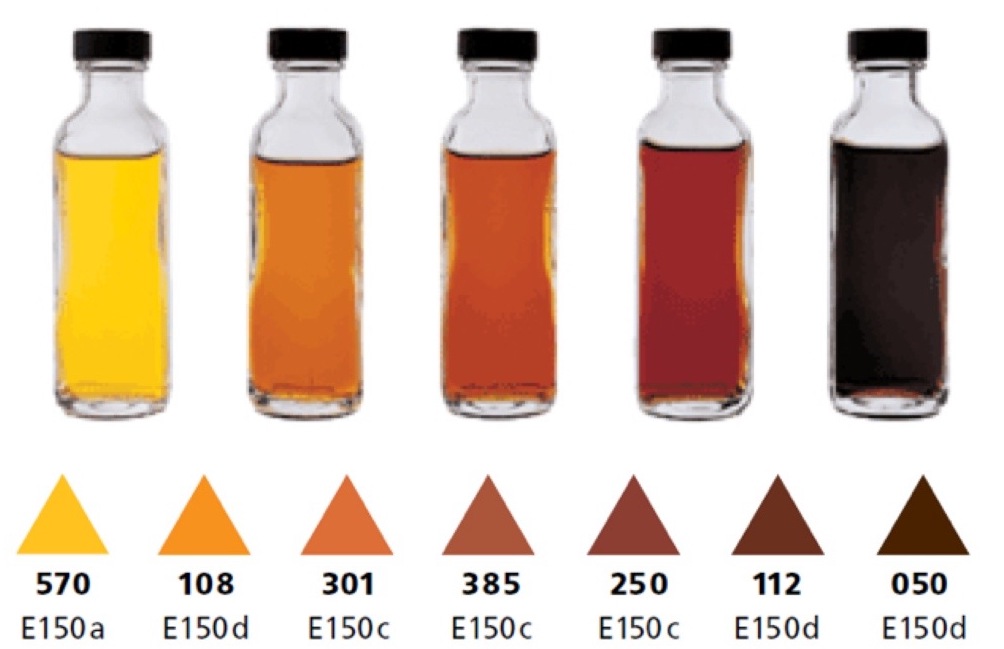
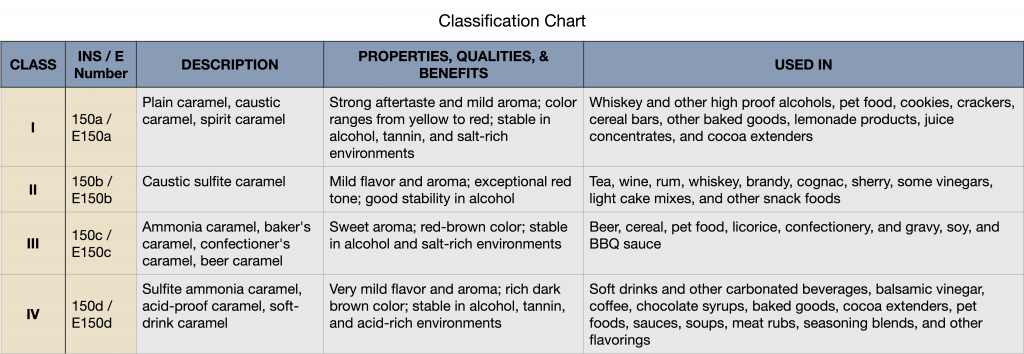
As can be seen from the graph, E150A is our main area of importance when it comes to its uses in Whiskey. This is mainly due to the fact that this particular class or number, has the least amount of impact on flavor. B through D tend to have other sulfites and ammoniums in them that may adversely affect the flavor profile of Whiskey.
WHY?
There can be arguably a number of reasons that distilleries might decide to use small amounts of E150a,
- “Normalization” or consistency. We Whiskey drinkers expect our Whiskeys to look a certain way when we pour them into our glasses. Thing is that different batches from distilleries may yield different coloration results. As the flavor profile (nose and taste) may remain the same, slight irregularities in color may occur and distillers will use E150a to “Normalize” batches. Typically this will be down to maturation lengths and casks used. As different casks with different amount of refills will yield varied color results.
- For younger aged Whiskeys or those with no age statement, E150a coloring may be used to make the Whiskey look older. As those who drink Whiskey have a tendency ( not true for all ) to regard darker Whiskeys as older age statement whiskeys making them seem more appealing and flavorsome. You’ve surely heard the expression “ we eat food with our eyes first” this statement can be transformed to include drinking whiskey.
- Branding??
DOES IT IMPACT TASTE?
The jury is out on this one. I have not found one scientific bit of evidence carried out that will either confirm or deny that E150a impacts the flavor of Whiskey. Now bear in mind we aren’t talking about huge quantities being used in Whiskey coloring and it is at the discretion of each distillery how much they may or may not use in vattings. However, I did come across this video and had a laugh.
QUICKFIRE ROUND, WHAT YOU MAY OR MAY NOT KNOW ABOUT E150a:
- According to the Irish Whiskey Technical file point 4.1.5.2. E150a may be used in the production of Irish Whiskey, before bottling. And only for coloring, not for flavoring or sweetening.
- According to the Food Safety Authority on Labeling of Irish Whiskey, the addition of E150a is considered voluntary information and does not have to be stated on the label (Ireland).
- According to the Scotch Whisky act of 2009, E150a is allowed in Scotch Whisky
- E150a is NOT allowed in Bourbon or anything with the word “straight” in it that pertains to Whisky in the U.S.A. However blended Bourbons are allowed to use it as are all other types of non-bourbon Whiskys (that don’t have the word “straight” on the label).
- It is Vegan, Halal, Kosher & Gluten-free.
- E150B-D are not allowed in Whiskey production in Ireland as they have sulfites and ammonium and can impact on the flavor profile of Whiskey.
- It is used in Coca Cola, as well as pharmaceuticals, meats, baked goods, beer, brandy, & rum.
THOUGHTS?
So, in light of all that information thrown together, what are your thoughts on E150a being used in the production of Irish Whiskey? Yay or nay ye say? If it doesn’t affect the flavor profile then does it matter?
Would you like to see the label regulation changed to have it shown, Do you think the industry should be more transparent in their use of E150a?
Literally, thoughts?
Sláinte.
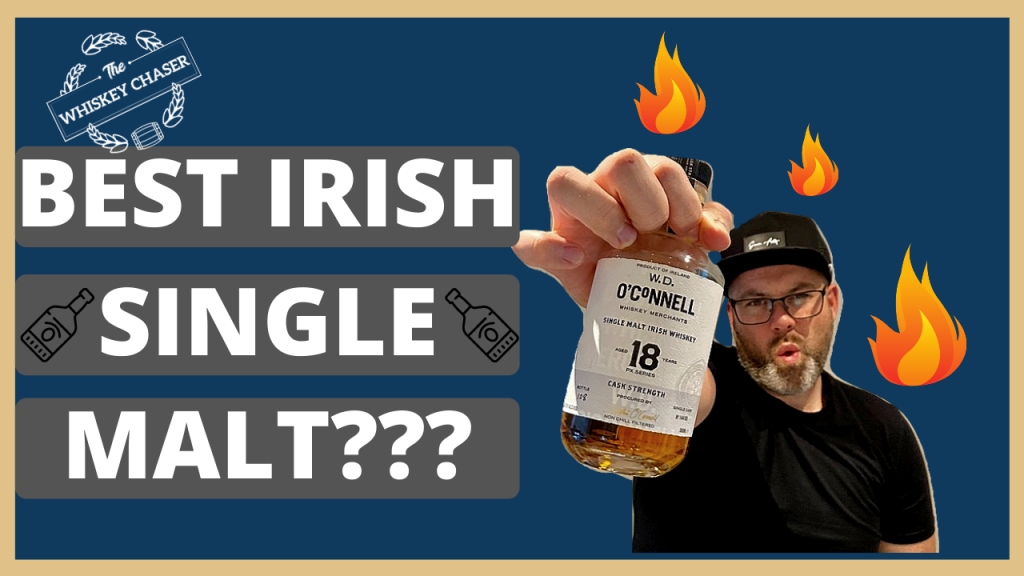
Check out my brand new YouTube channel: The Whiskey Chaser, Updated every Wednesday with new episodes. Be sure to SUBSCRIBE & FOLLOW.
